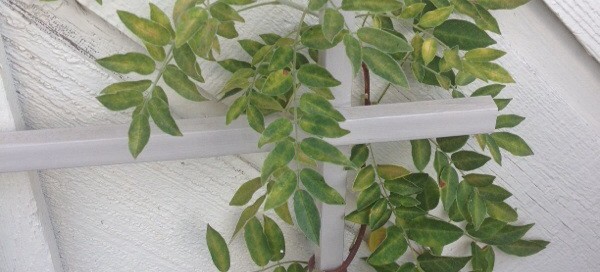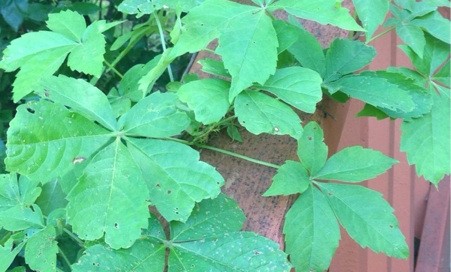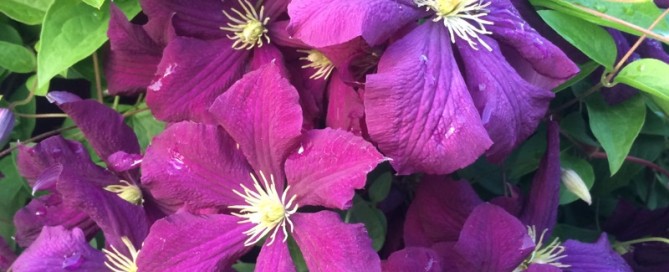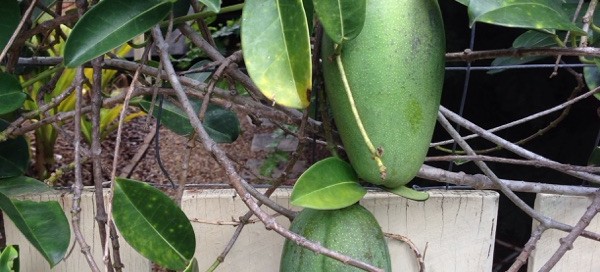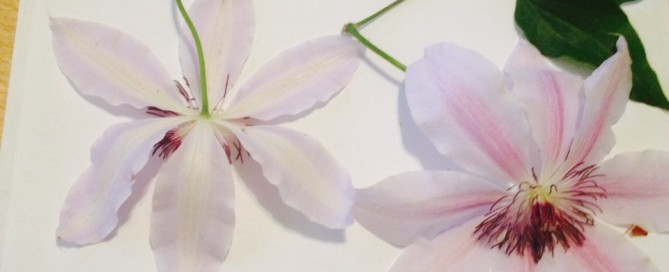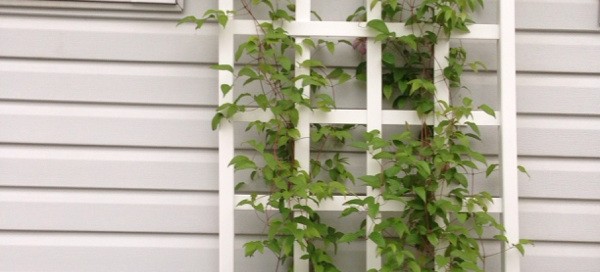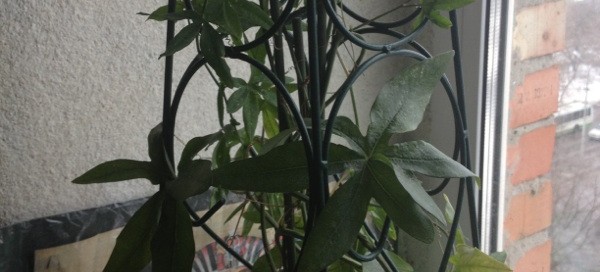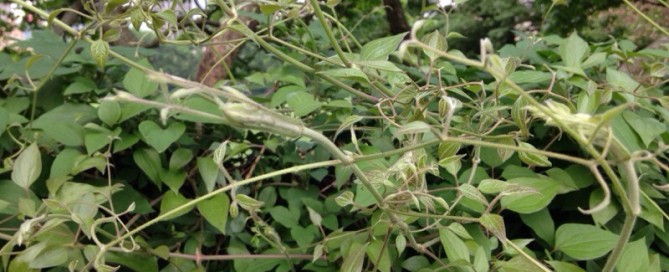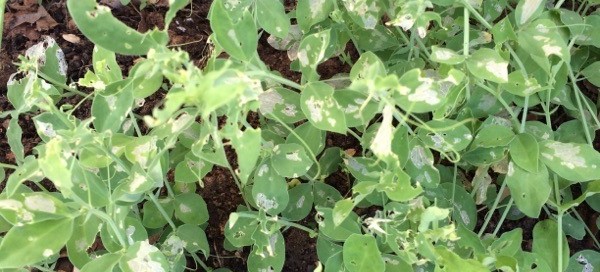Wisteria Leaf Problem
Although it is hard to be certain, one of two things may be affecting your wisteria. The first is sun scald, or just minor sun damage. This can result from unusually high temperatures and/or insufficient watering during that time. Leaves will yellow and often take on a pale or peaked appearance. Cooler temperatures and regular watering usually fix this. The other is nutrient deficiency. Wisteria are pretty heay feeders and need a regular regimen of all purpose, balanced fertilizer throughout the growing season. Check both of these cultural conditions first.
Although a fungal disease called leaf spot is possible, it doesn't quite match your plant's symptoms. Check with a local nursery or the extension service in your area for more definite information.
